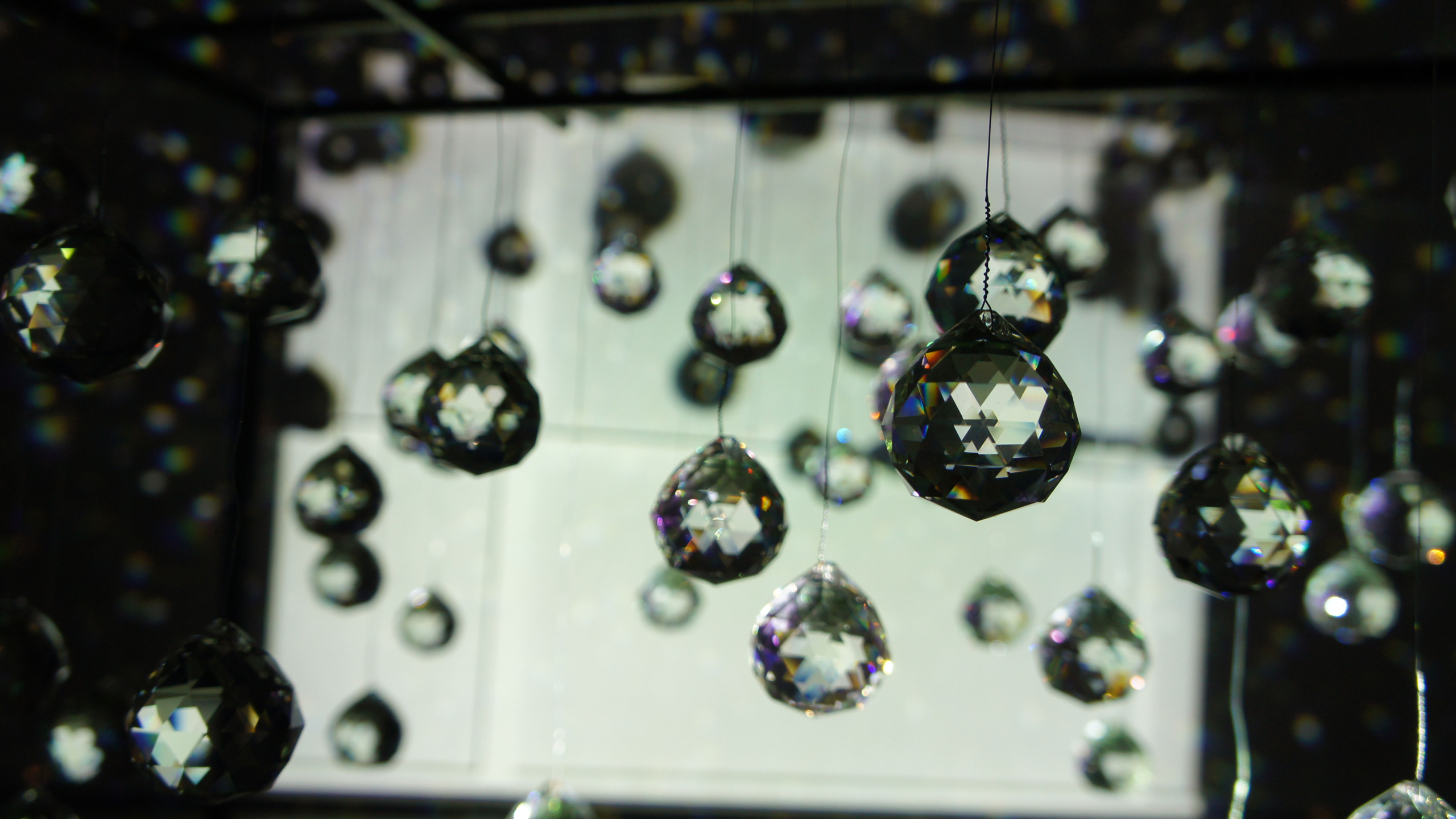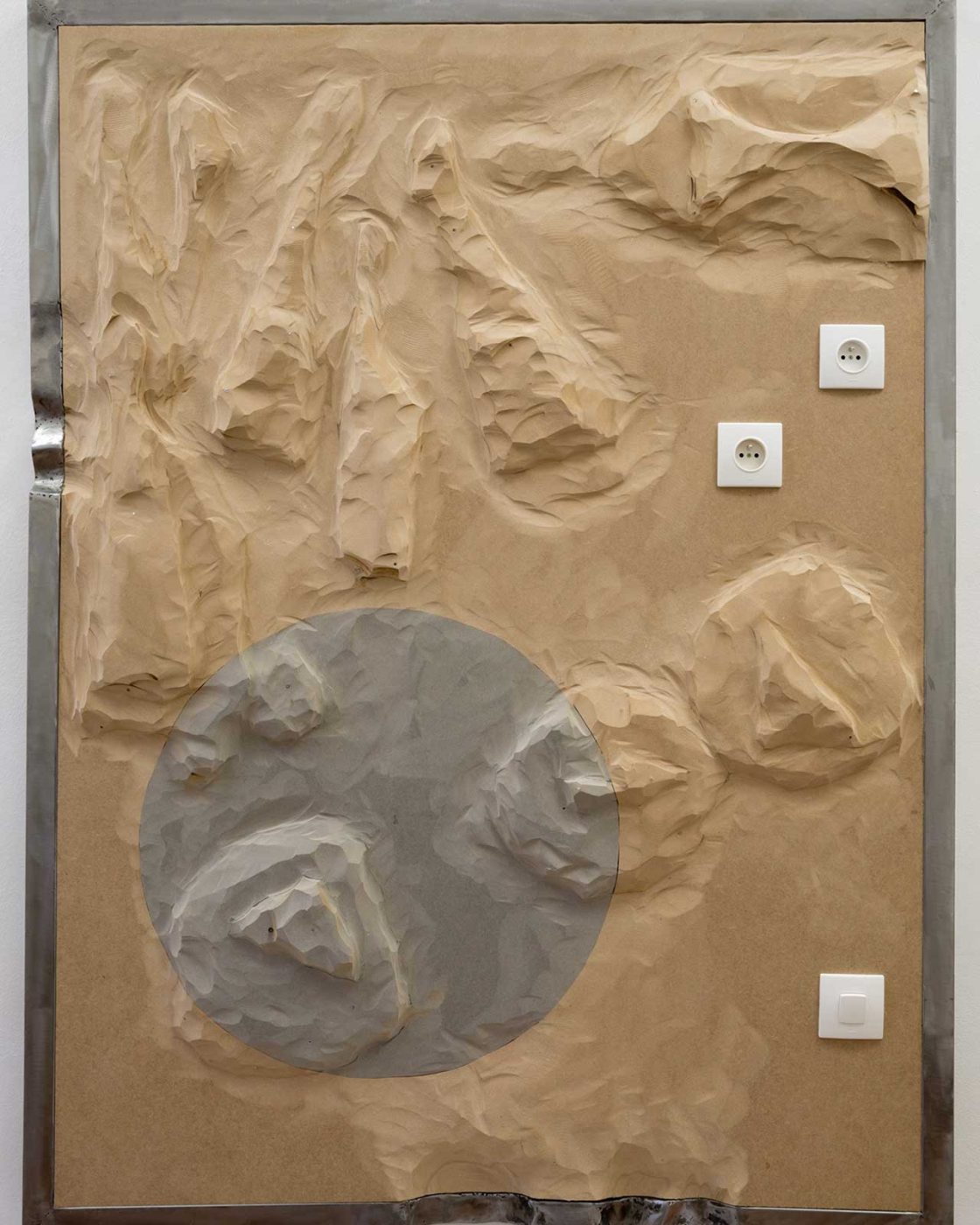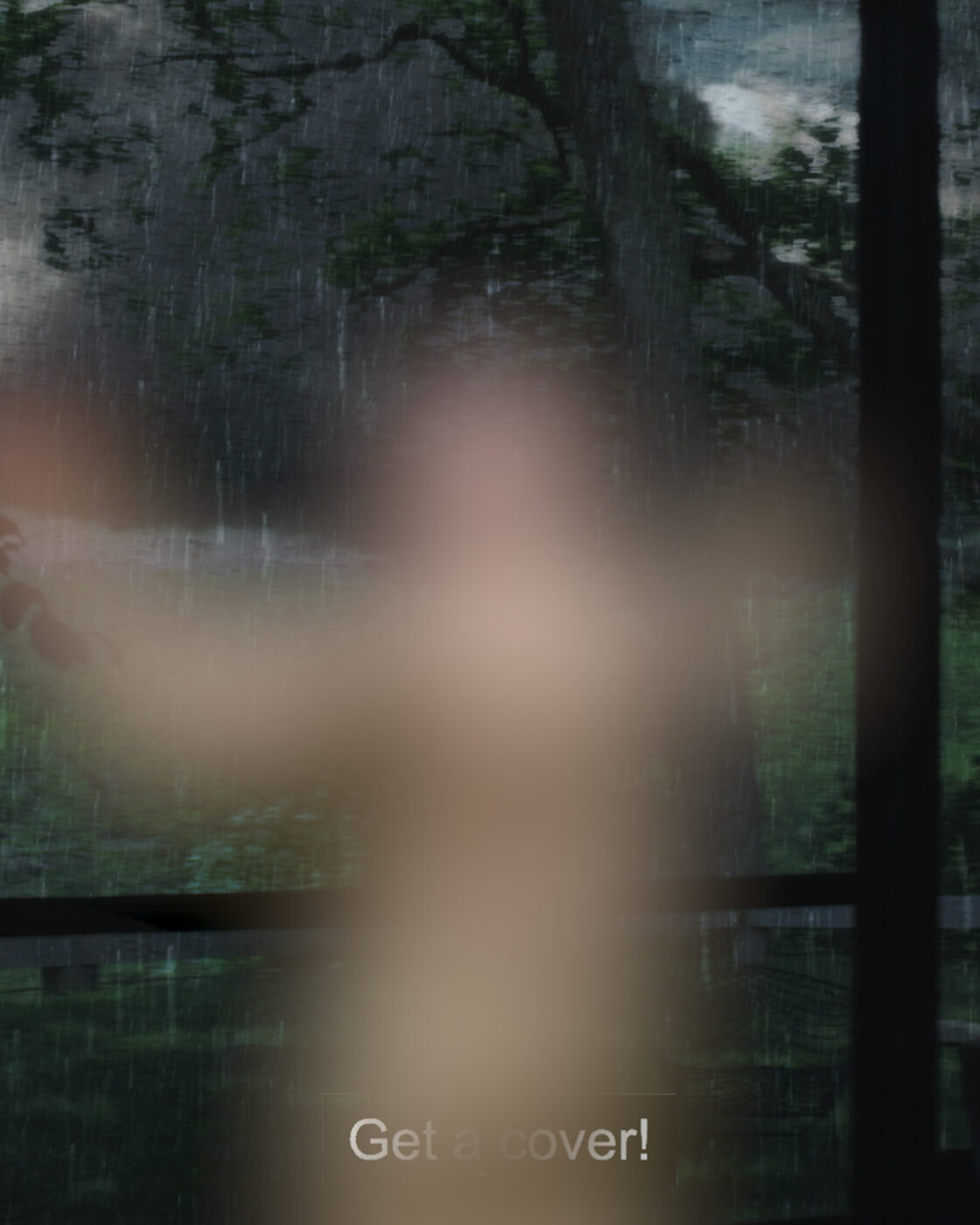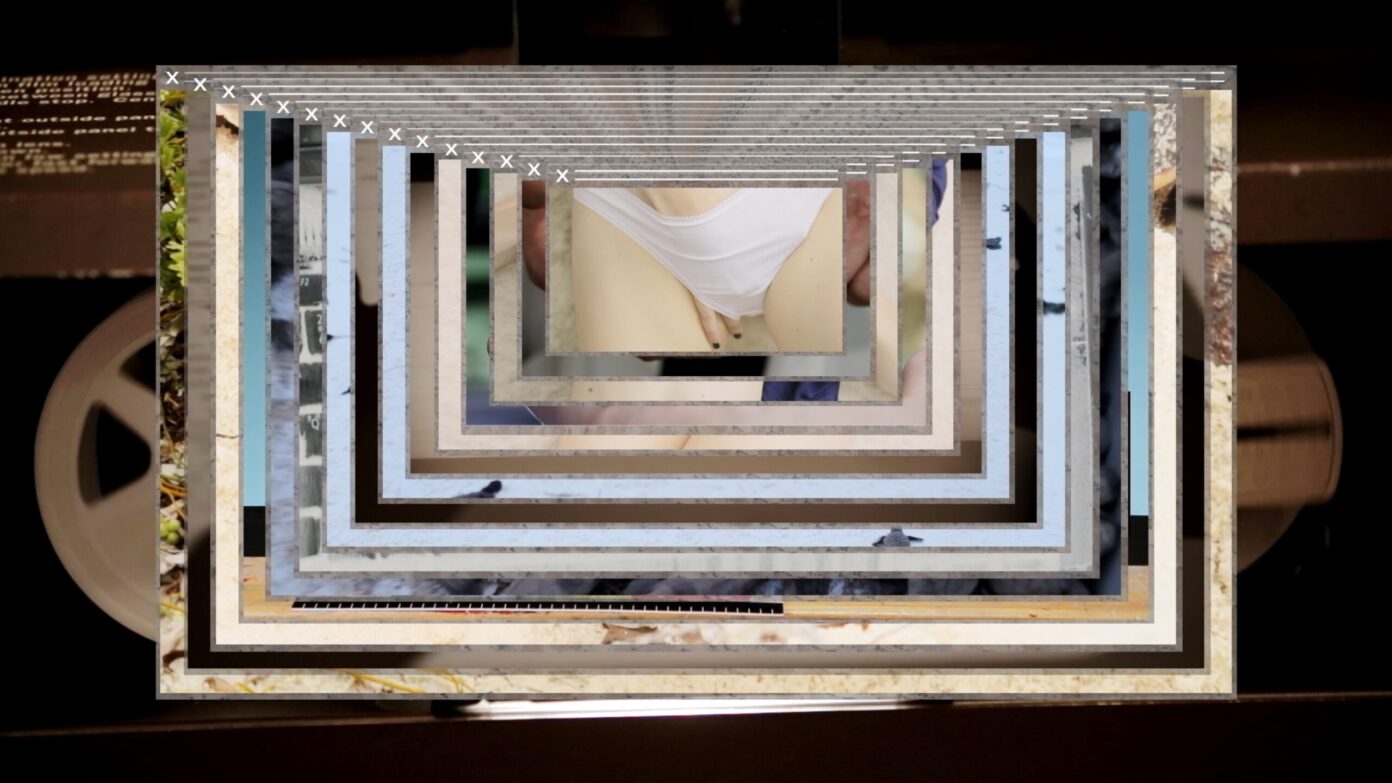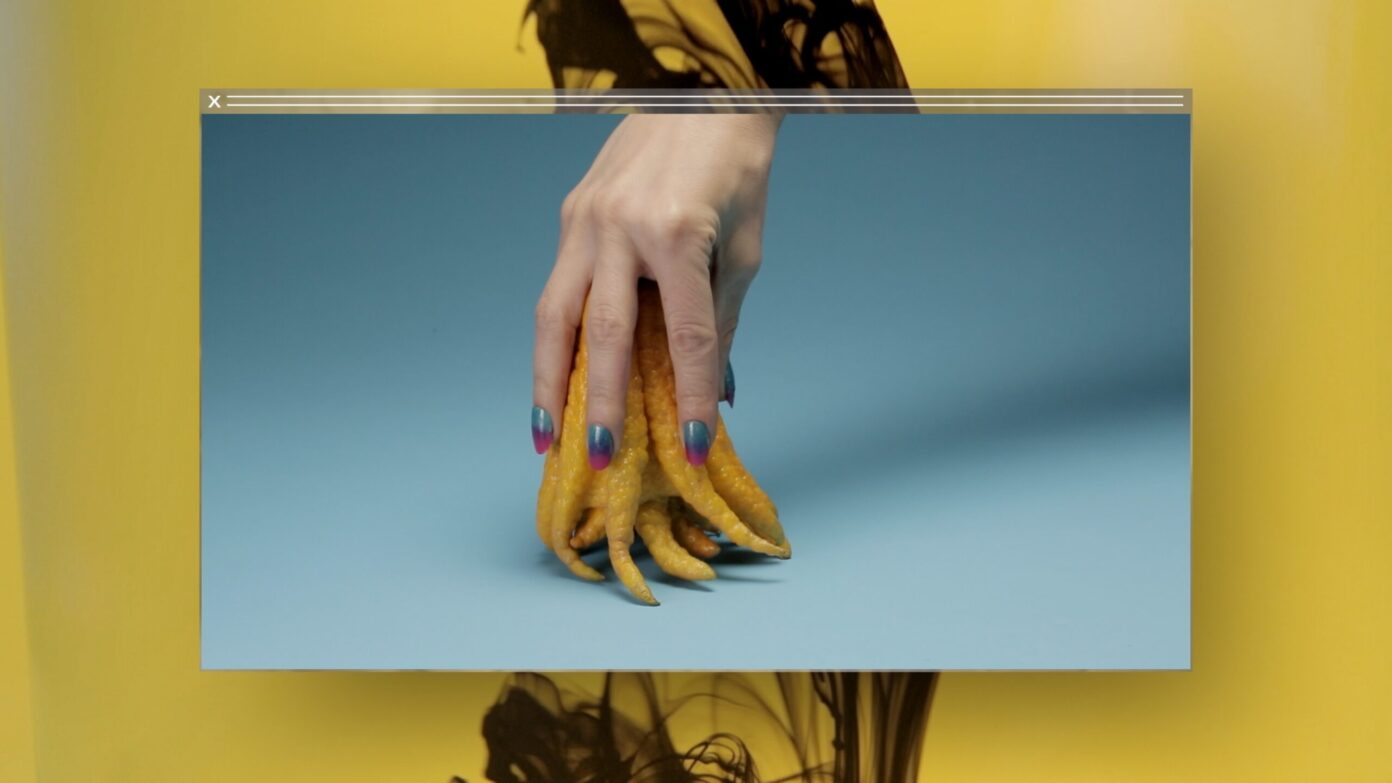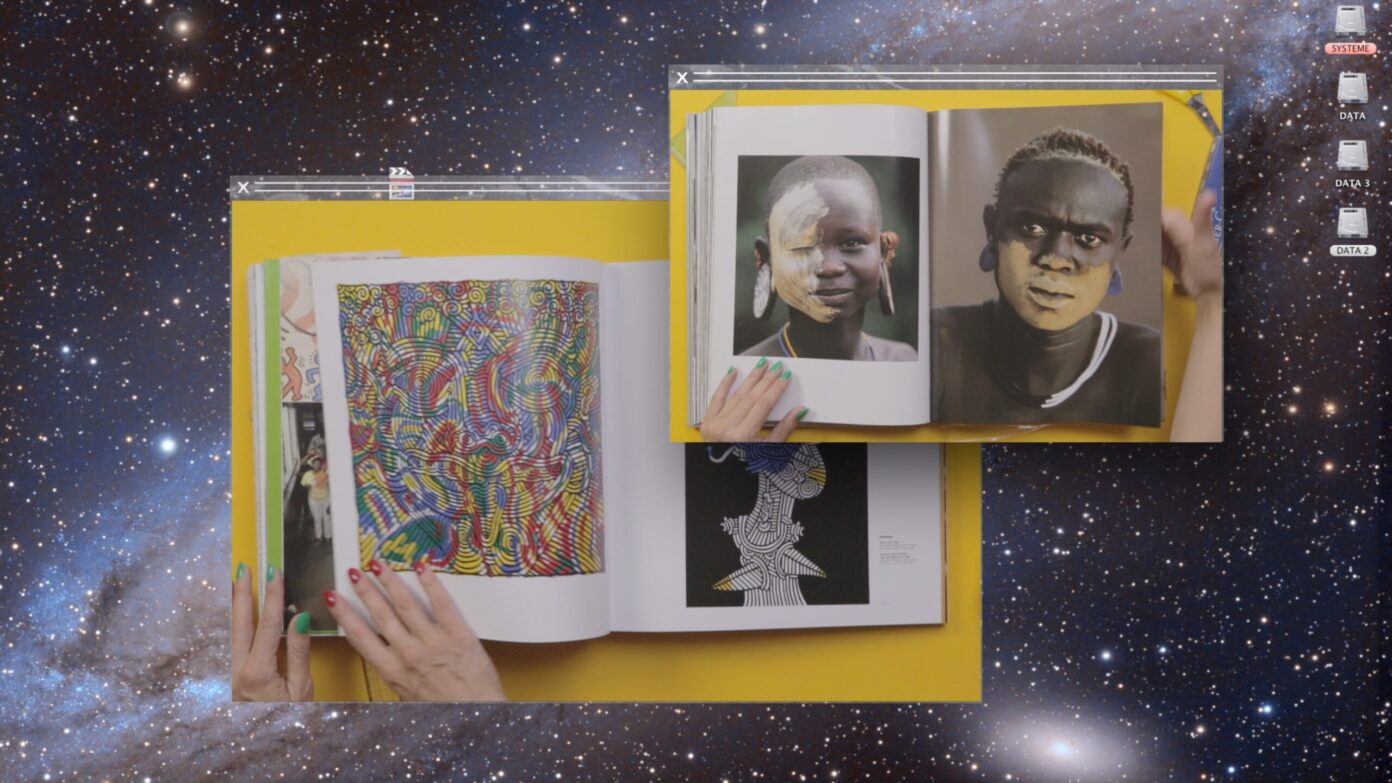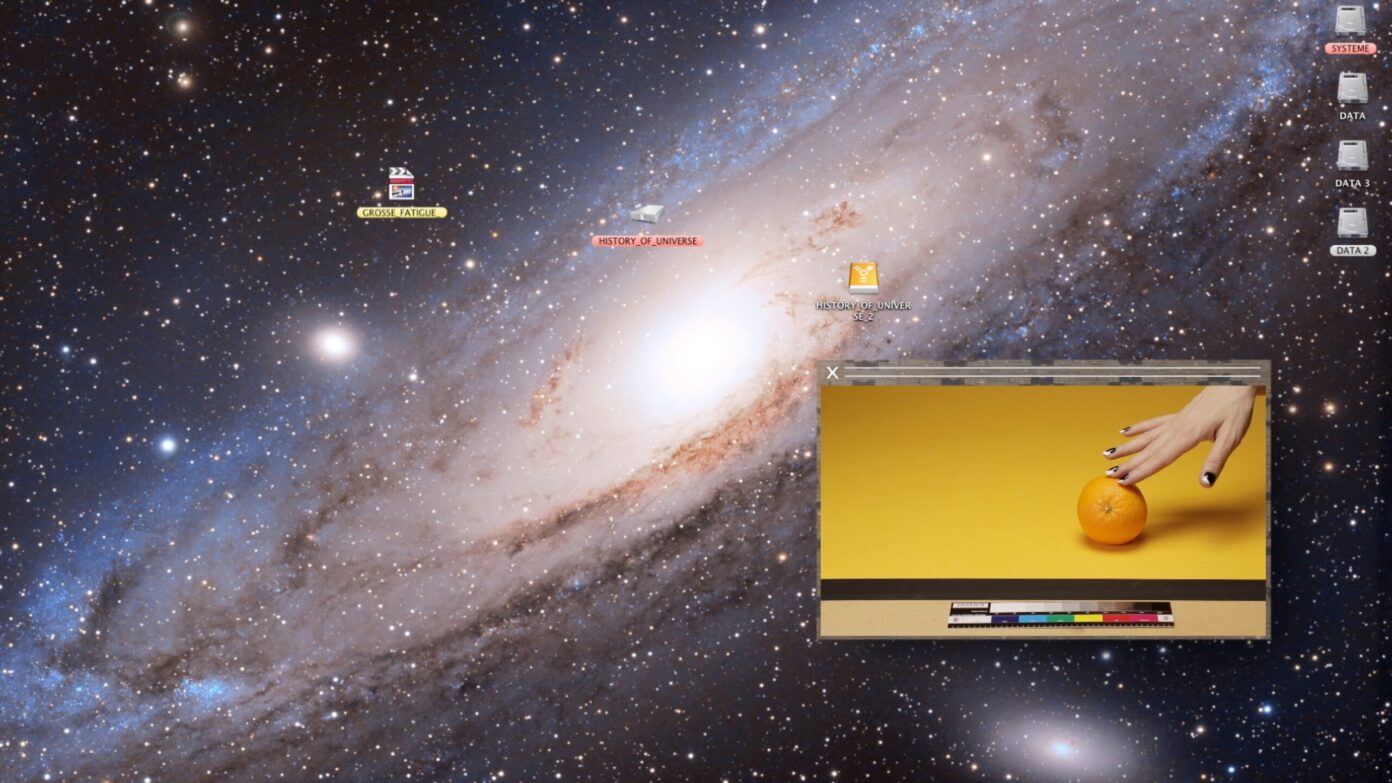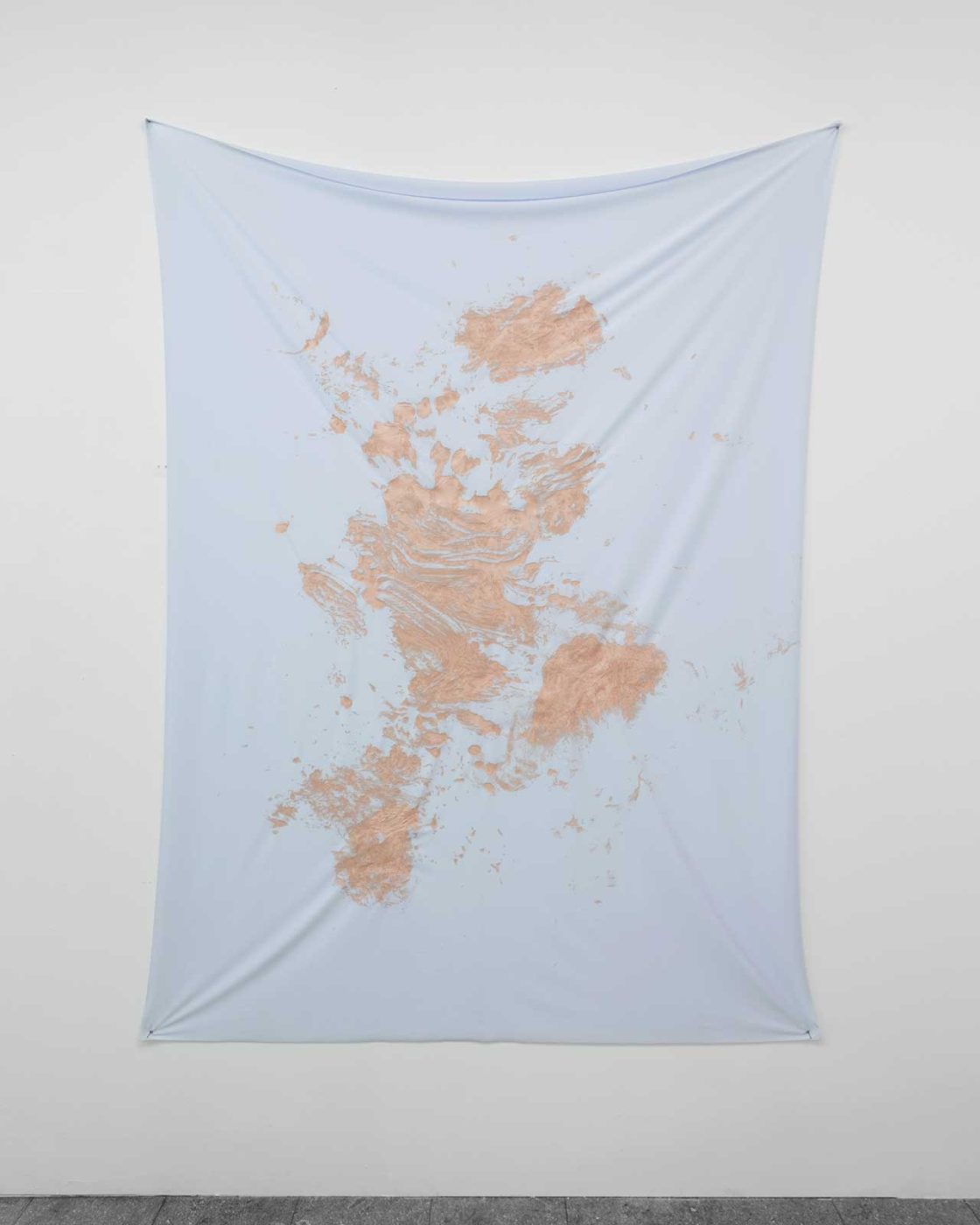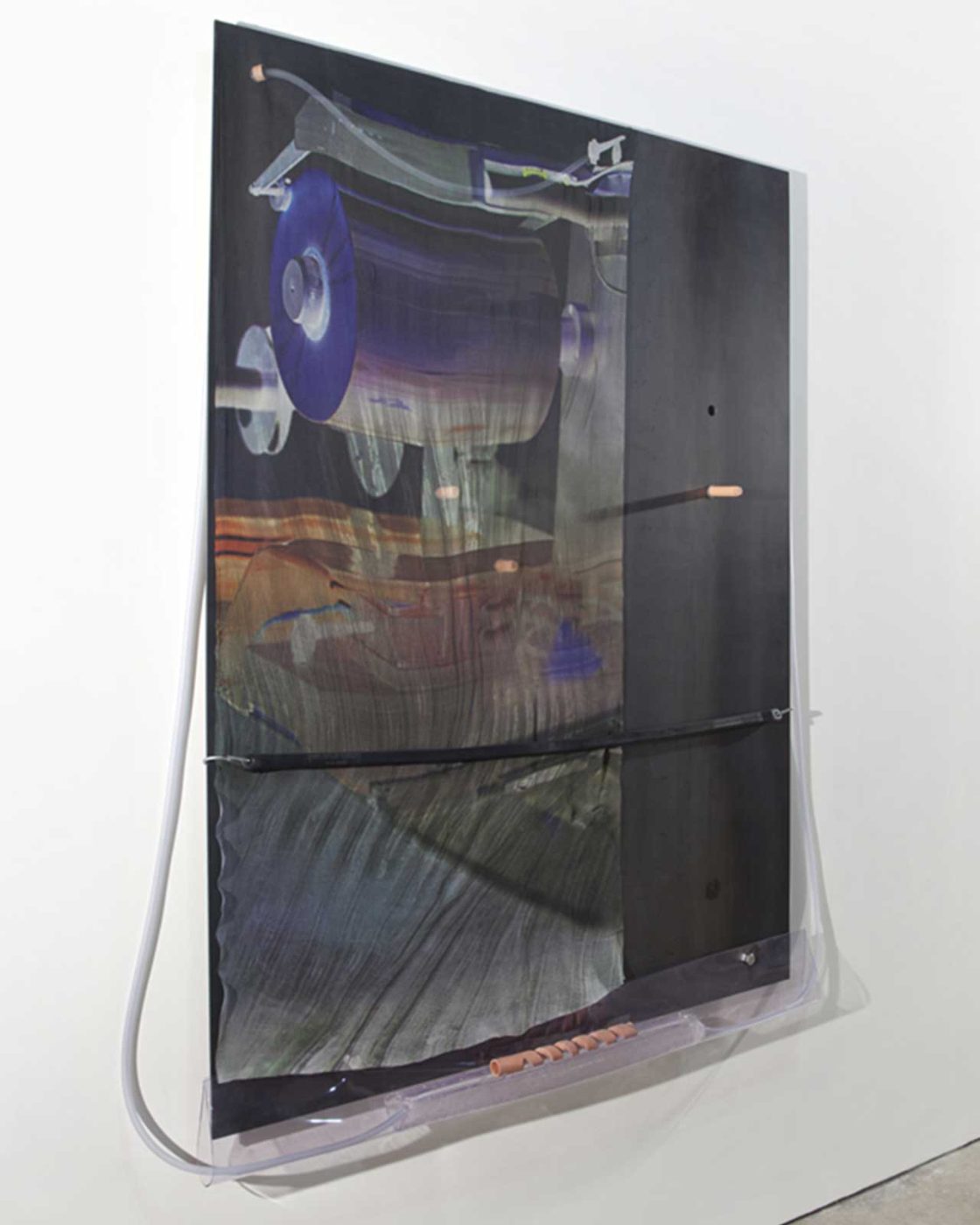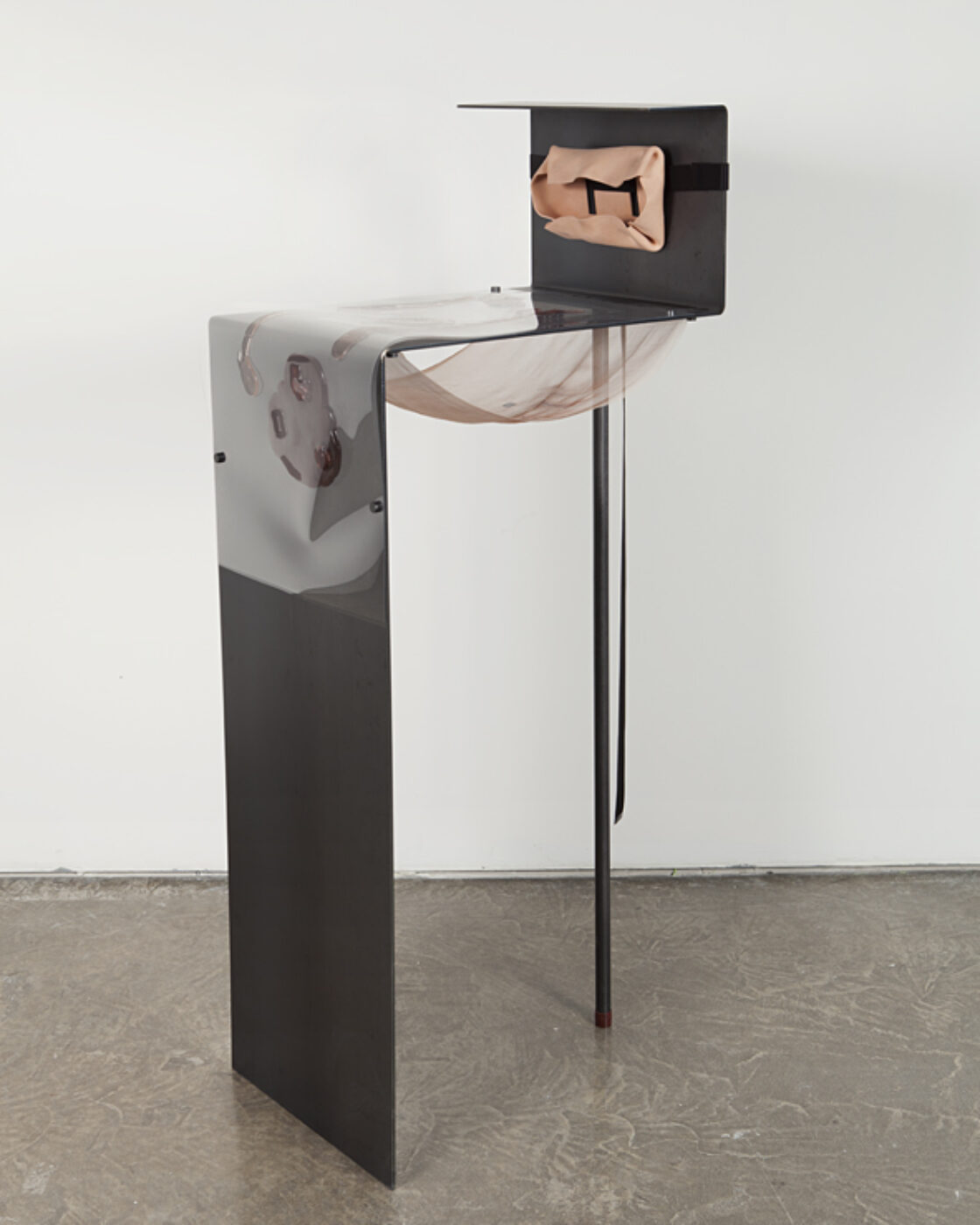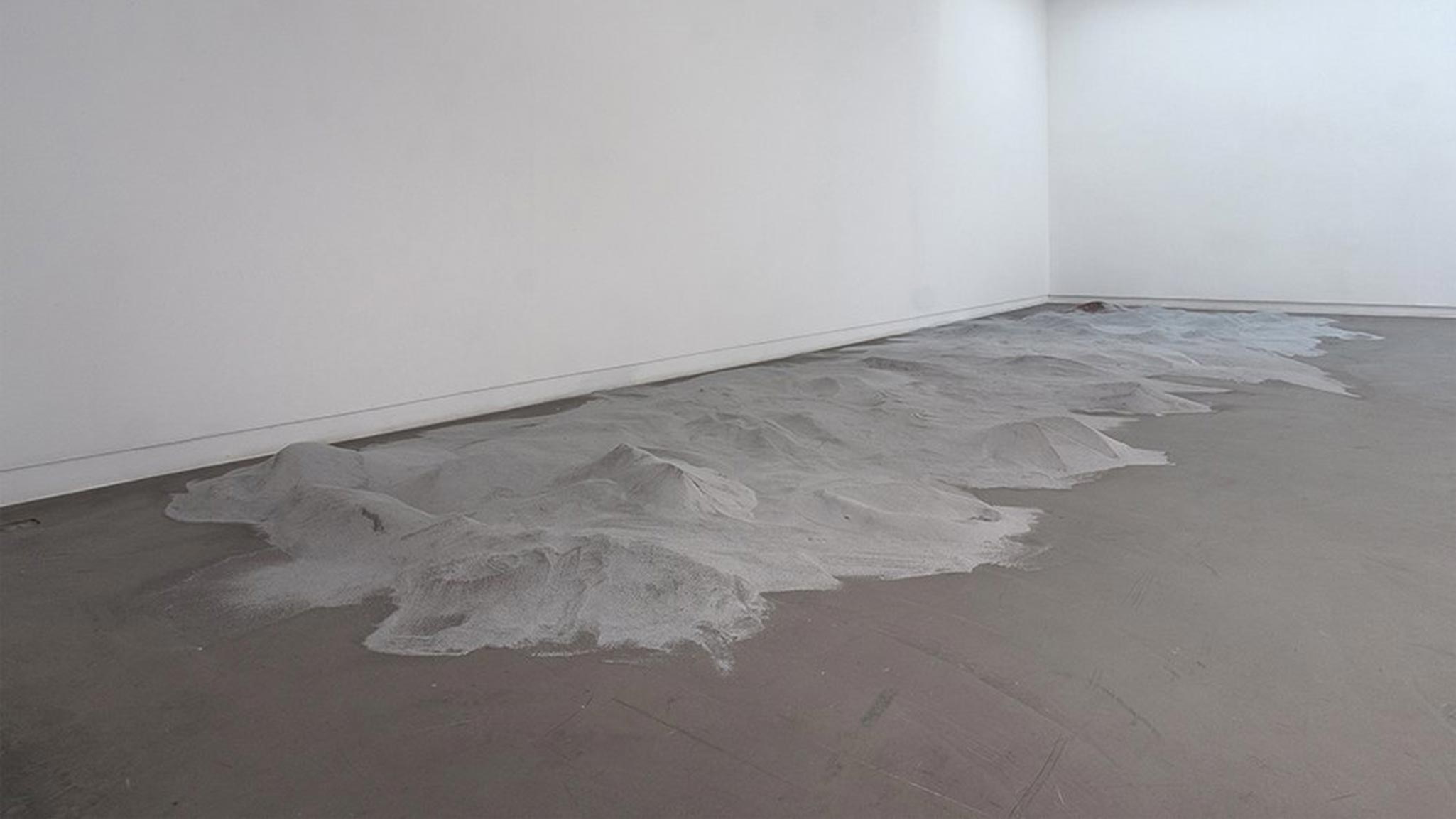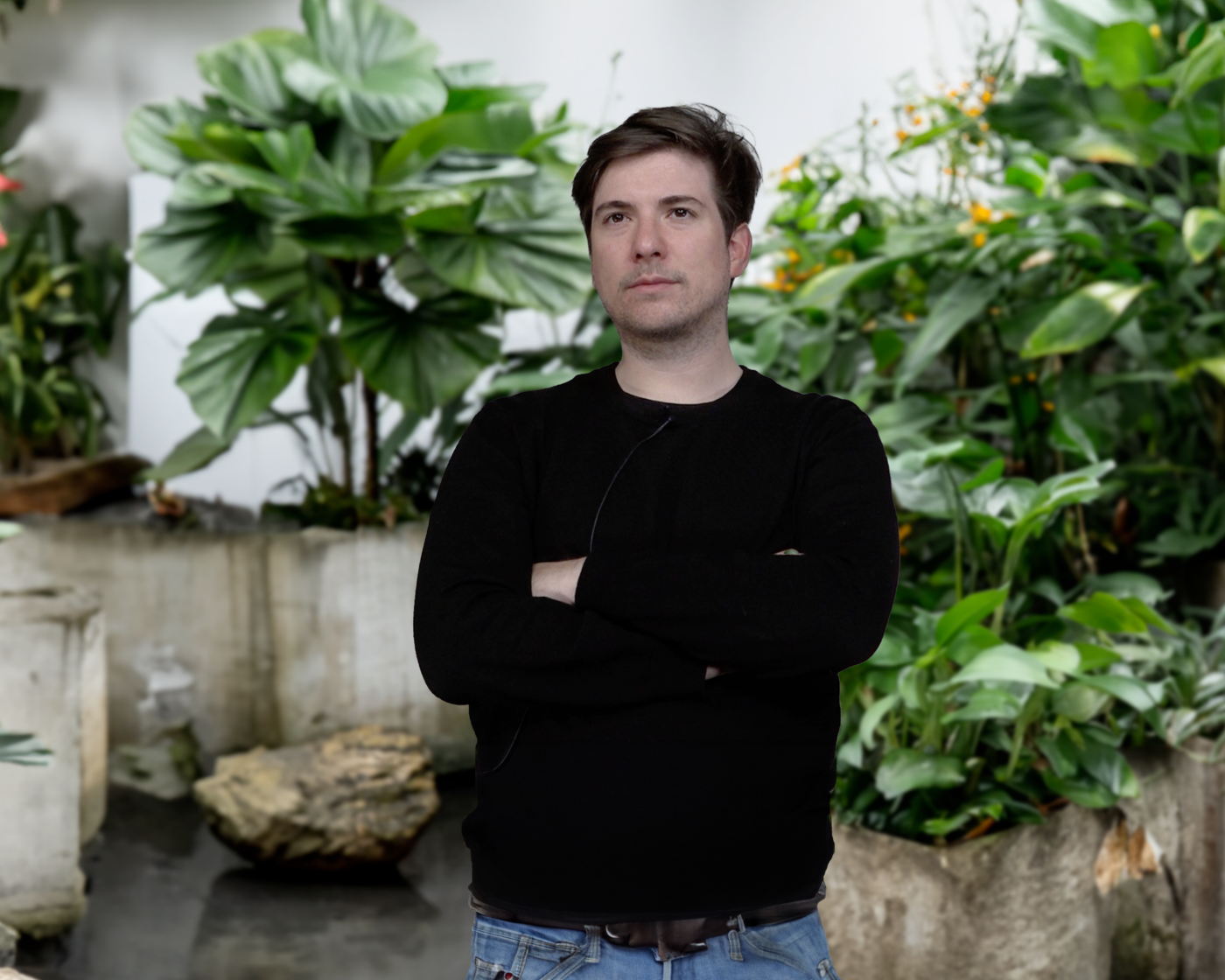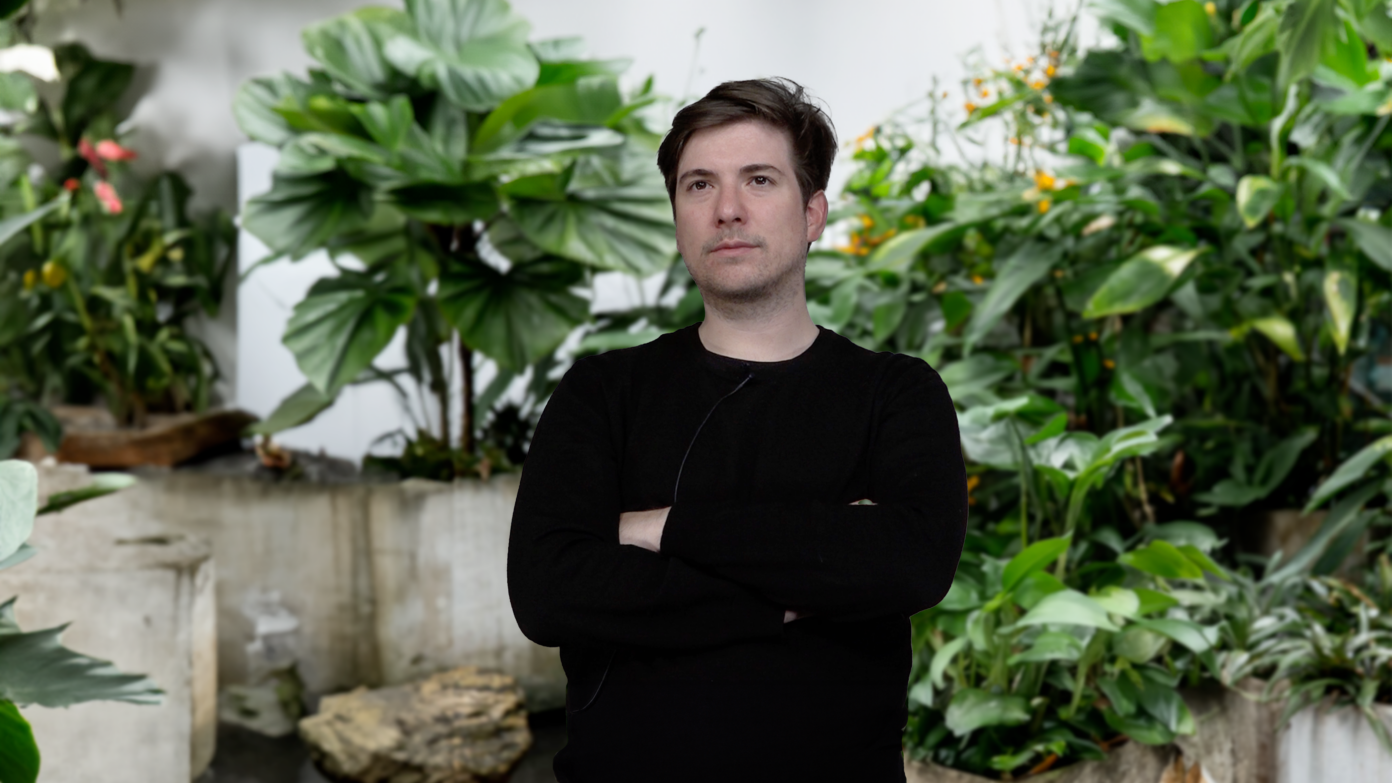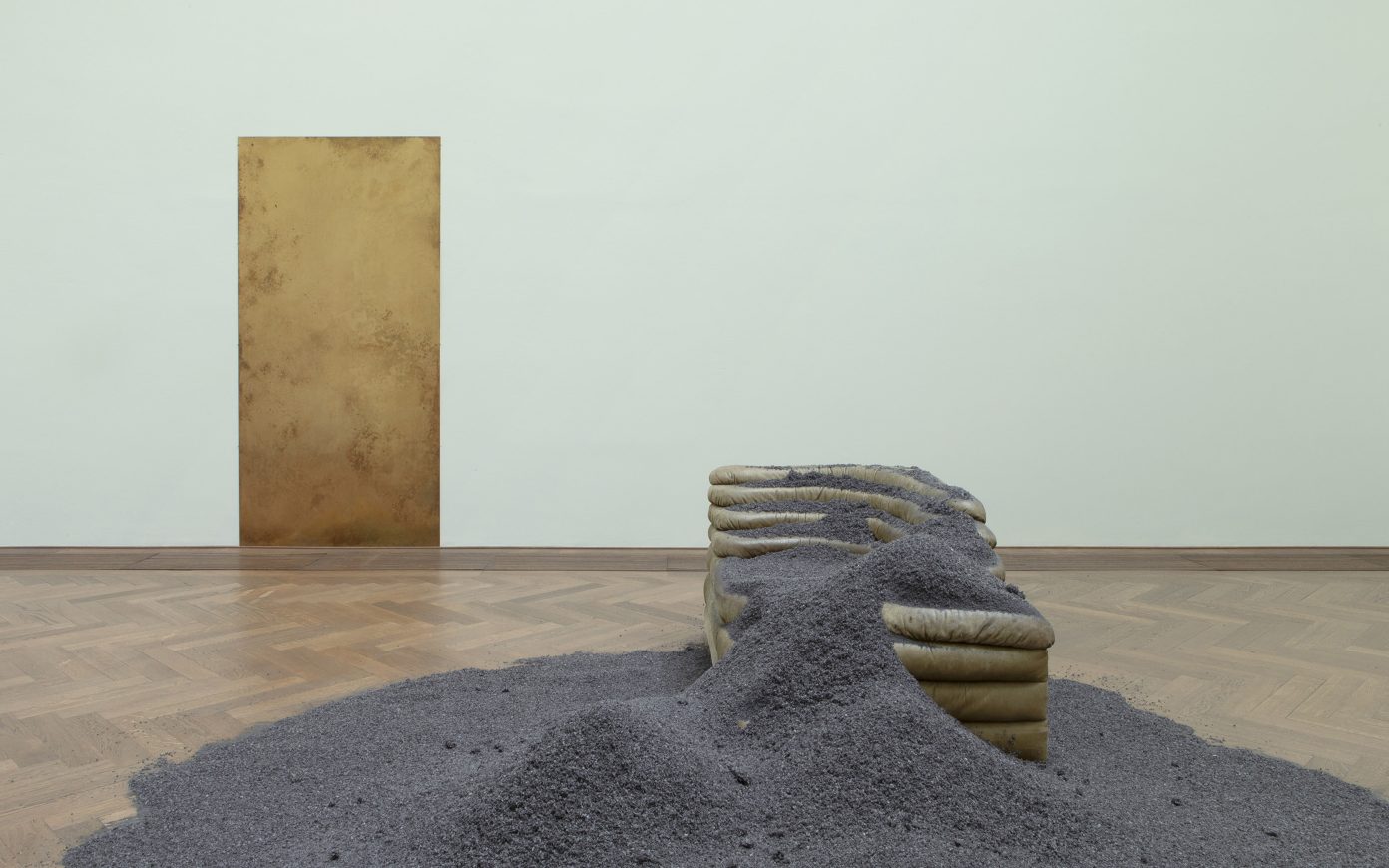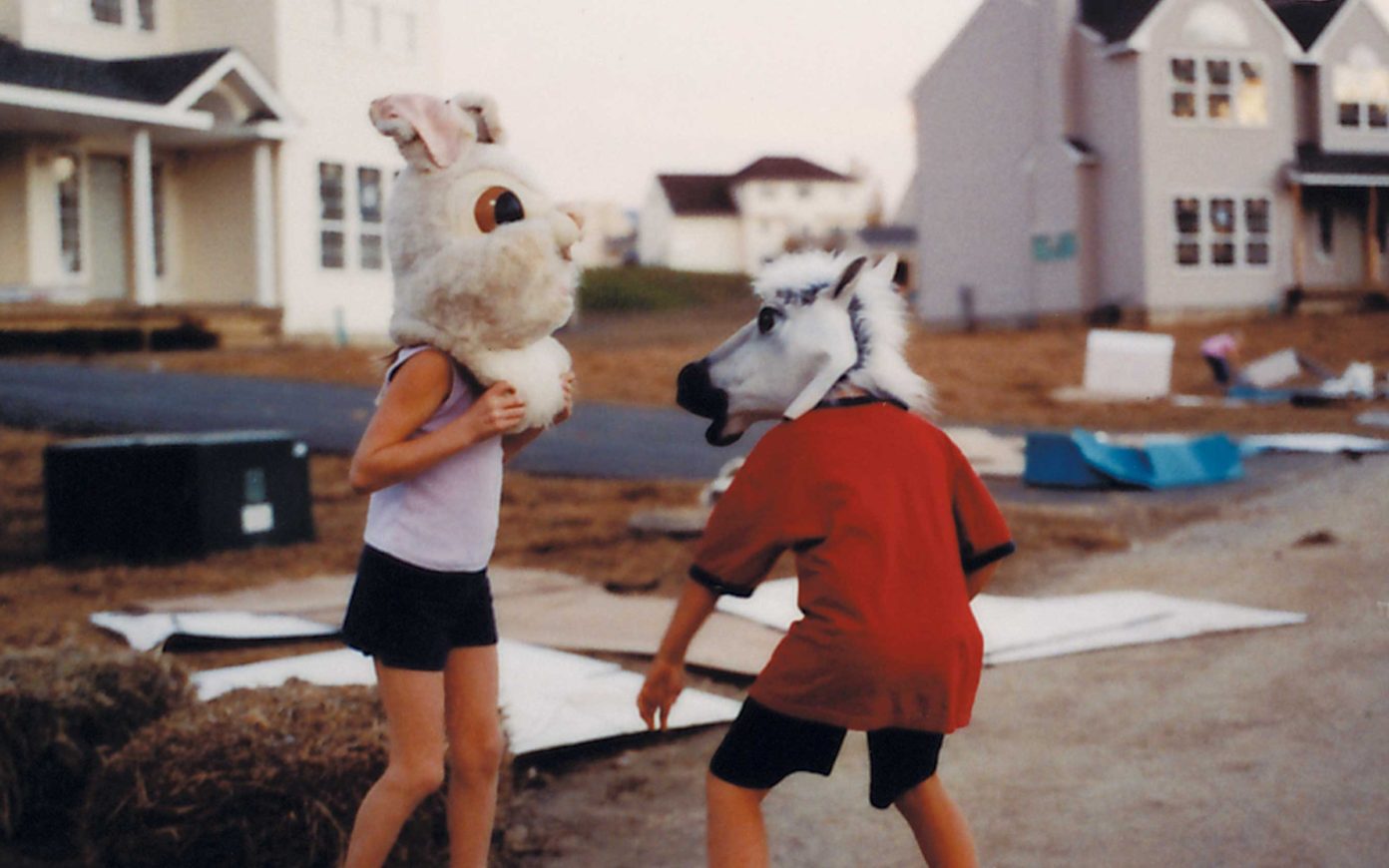Ghoslty round
3. In Das Kapital, Karl Marx formulated a strange image, that of “goblin tricks,” which may well represent the symbolic essence of capitalism: a concrete element, the social relations of production, is reduced to an abstraction; and, conversely, the abstract (the exchange value) is transformed into something concrete. Thus, human beings actually live in an abstract world, that of exchange and capital flows, and, at the same time, experience the concrete world of work as an abstraction in which they turn out to be interchangeable. Such is are the goblin tricks described by Marx: inanimate things start to dance like specters, while humans become the ghosts of themselves. Subjects become objects and objects, subjects; things become persons and relations of production are reified.
In these early years of the twenty-first century, a period we could describe as the Political Anthropocene, these goblin tricks concern not only persons and things in a relationship of industrial production, but also the subjects of the global economy and planetary environment as part of an even more spectacular reversal: the immaterial economy is taking over concrete geophysics, and the material planet is being transformed into a sub-product of the abstraction of capital. In an earlier stage of the capitalist system, when he was discovering commodity fetishism, Marx described workers as alienated, in that they did not have a living relation to the product of their work. Today, this alienation, which is inseparable from the accumulation of capital, extends to the biological and physico-chemical: when a company files a patent to claim ownership of an Amazonian plant, when seeds become products, when natural resources are pure objects of speculation, it is capitalism that is becoming the environment, while the environment is becoming capital.
4. This is the historical context in which speculative realism has emerged. According to this holistic way of thinking, human beings and animals, plants, and objects should all be treated equally. Bruno Latour, for example speaks of a “parliament of things,” and Levi Bryant a “democracy of objects.” With his “object-oriented philosophy,” Graham Harman is trying to bring objects out of the shadow cast by our consciousness, bestowing on them a metaphysical autonomy by placing collisions between things and relations between thinking subjects in the same category, separated only by degrees of complexity. If we consider the world in terms of substance, as the speculative realists invite us to do, we of course cease viewing it as a network of relations. Being takes precedence over knowledge, the thing over the consciousness considering it. A recent essay by Levi Bryant, The Democracy of Objects, attempts to “think an object-for-itself that isn’t an object for the gaze of a subject, representation, or a cultural discourse. . . . The claim that all objects equally exist is the claim that no object can be treated as constructed by another object. . . . In short, no object, such as the subject or culture, is the ground of all others.”(2)
5. It is no coincidence, therefore, if the art world has recently taken up the not unrelated concept of animism. An exhibition with this title, organized by Anselm Franke in Bern, Antwerp, Vienna, Berlin, and New York, invoked Félix Guattari in addressing the subject of animation outside political or post-colonial norms. What does it mean to say an object has a soul? In fact, is this not precisely the essence of a colonial process? To pin human properties on an object, or attribute speech to an animal—these are things that argue in favor of an extension of the human domain. Contemporary art is constantly oscillating between reification (the transformation of the living into a thing) and prosopopoeia (a figure of speech that represents a thing as endowed with a voice). The relation between the living and the inert seems to constitute the main tension in contemporary culture, and artificial intelligence is at the center of it all, like an arbiter. Indeed, ever since Philip K. Dick, science fiction has been constantly exploring the theme of the borders between the human and the machine. But artists today exhibit poetic machines, robotic or vegetal humans, connected plants, animals at work, etc. What we see in these artworks of the early twenty-first century is the circuit of life-forms, but from a political angle: all things and all beings are presented here as convectors of energy, as catalysts or messengers. Animism is unidirectional: it credits inanimate entities with a soul, whereas contemporary art explores life in every direction.
A new generation of artists is exploring the intrinsic properties of materials “informed” by human activity, notably polymers (Roger Hiorns, Marlie Mul, Sterling Ruby, Alisa Baremboym, Neil Beloufa, Pamela Rosenkranz) or critical states of matter (pulverization in Peter Buggenhout, Harold Ancart, or Hiorns). But polymerization has become a principle of composition, the invention of supple and artificial combinations of heterogeneous elements, as evident in the videos of Laure Prouvost, Ian Cheng, Rachel Rose, and Camille Henrot, the installations of Mika Rottenberg, Nathaniel Mellors, and Charles Avery, and the paintings of Roberto Cabot and Tala Madani. Others exploit the effect of weight, transposing the lightness of pixels into monumental objects (David Douard, Beloufa, Matheus Rocha Pitta, etc.).
